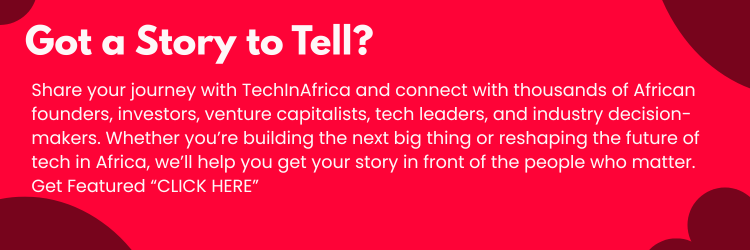On September 24, 2025, Uber concluded its six-year experiment in Côte d’Ivoire by shutting down its app in Abidjan. This move left two government-authorized competitors to absorb Uber’s customer base. However, the real story behind this decision is not just about any one competitor, but rather the underlying reasons why a global platform struggled to make its business model work in the local market for both drivers and riders.
While Uber did not officially cite a reason for its departure, insiders point to a combination of regulatory challenges, high operational costs, and a misalignment between Uber’s standardized operating model and the way people earn and spend money in Abidjan.
Riders voiced complaints about fare levels and the availability of vehicles, while drivers expressed concerns about their cash flow. Many drivers need daily access to their earnings to cover fuel, maintenance, and living expenses, but Uber’s payment system and fee structure left many feeling financially strained.
This disconnect between a global platform and local realities is a recurring issue in African mobility markets. In cash-dependent economies, factors such as payout frequency, access to credit, and vehicle affordability are just as important as the functionality of the app.
A platform that fails to adapt its pricing structure and cash flow model to meet the needs of drivers is likely to experience retention issues and supply shortages, even if there is demand from riders.
Uber’s exit underscores a critical lesson: having a recognizable brand and a robust technology stack does not guarantee long-term success if the economic model for drivers is not viable.
Regulatory challenges also played a role in Uber’s departure. Ride-hailing markets in West Africa operate under a complex and evolving set of rules, which may favor locally licensed operators or require specific government approvals. Managing these regulations, complying with local operating standards, and aligning with public authorities can be an operational burden that global companies often underestimate.
For investors and founders watching the mobility landscape in Africa, Uber’s exit offers several key lessons. First, achieving product-market fit in mobility requires focusing on driver economics as a central element of the design process. Solutions that provide faster access to earnings, vehicle financing or leasing options, and customized insurance and maintenance packages are more likely to scale.
Second, partnerships with local banks, leasing companies, and vehicle distributors are essential. These partnerships serve as crucial operational levers that directly impact unit economics. Third, regulatory strategy must be an integral part of the market-entry plan from the outset, rather than something to be dealt with after the fact.
Uber’s departure also reshapes the competitive landscape. Local incumbents that understand payment preferences, driver needs, and the regulatory environment are better positioned to iterate quickly and capture market share.
While this could be advantageous for adoption, consolidation is not always in the public’s best interest. Regulators should continue to monitor market concentration to ensure that competition remains healthy and that labor protections are upheld as new players expand.
Uber’s exit from Abidjan serves as a powerful reminder that scaling operations in African cities requires more than just a global strategy. Success hinges on aligning platform design with local economic conditions, vehicle markets, and public policy. Companies that treat these constraints as core challenges, rather than peripheral issues, will be the ones to thrive in the long run.






